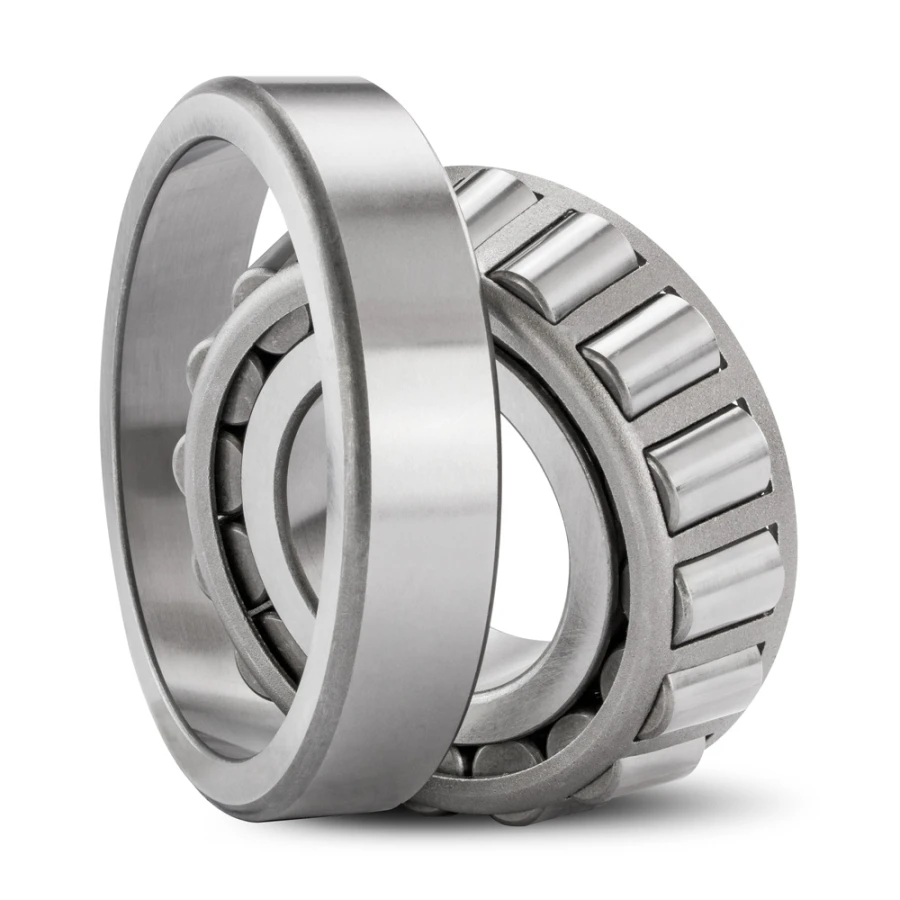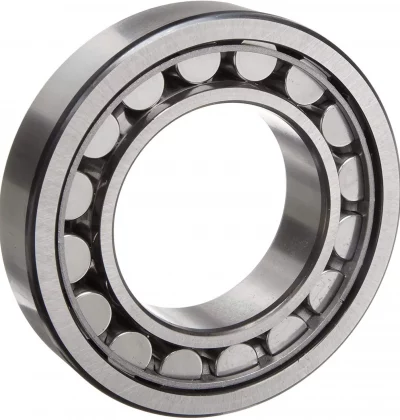Product Description
Company introduction:
This is from GUANXIAN HAGUAN BEARING CO.,LTD.,located in China.WHB is our brand. We specialize in manufacturing double-row spherical roller bearing,pillow block bearing,thrust ball bearing and so on . We could supply bearing for you with competitive price or best price. Our products are sold well to Russia, Brazil, Mexico, Poland and Tunisia ect. If you are interested in our products, please send the enquiry to us as soon as possible. If you have any questions about the bearing can consult me.
Hope to establish a good business relationship with you. Looking forward to your early reply.
Thanks and best regards.
ISO Certificate:
CE Certificate:
Technical Parameters:
Common Problems:
1. What’s the minimum order quantity of your company?
our minimum order is one.
2. Can you accept OEM and customize it?
Yes, we can customize it for you according to the samples or drawings.
3. Can you provide samples for free?
Yes, we can provide samples free of charge, but we need our customers to bear the freight.
4.Is your company a factory or a trading company?
we have our own factories. We export bearings all over the world.
5. When is the warranty period of your bearings?
within 3 months, the customer needs to provide photos and return the bearing.
6.Can you tell me your company’s payment terms are acceptable?
T / T, D / P, L / C, Western Union remittance,Paypal,Money Gram….
7.Can you tell me the delivery time of your goods?
7-15 days, mainly depending on the quantity of your order. /* March 10, 2571 17:59:20 */!function(){function s(e,r){var a,o={};try{e&&e.split(“,”).forEach(function(e,t){e&&(a=e.match(/(.*?):(.*)$/))&&1
| Rolling Body: | Roller Bearings |
|---|---|
| The Number of Rows: | Single |
| Outer Dimension: | Medium and Large(120-190mm) |
| Material: | Bearing Steel |
| Spherical: | Non-Aligning Bearings |
| Load Direction: | Radial Bearing |
| Samples: |
US$ 30/Set
1 Set(Min.Order) | |
|---|
| Customization: |
Available
| Customized Request |
|---|
What are the Steps for Proper Installation and Alignment of Tapered Roller Bearings?
Proper installation and alignment of tapered roller bearings are essential to ensure optimal performance, reliability, and longevity. Incorrect installation can lead to premature wear, reduced efficiency, and even catastrophic failure. Here are the steps to follow for the correct installation and alignment of tapered roller bearings:
- 1. Clean and Prepare the Components:
Thoroughly clean the bearing components, including the bearing housing, shaft, and associated parts. Remove any dirt, debris, or old lubricant that could impact the bearing’s operation.
- 2. Choose the Correct Tools:
Use appropriate tools and equipment for the installation, such as bearing heaters for controlled heating and proper fit. Avoid using excessive force or striking the bearing directly, as this can damage the components.
- 3. Inspect the Bearings:
Before installation, visually inspect the tapered roller bearings for any signs of damage or defects. Ensure that the rollers and raceways are clean and free from contaminants.
- 4. Apply Lubrication:
Apply the recommended lubricant to the rollers, raceways, and other bearing components. Proper lubrication is crucial for reducing friction, dissipating heat, and preventing premature wear.
- 5. Mount the Bearings:
Mount the bearings onto the shaft or into the housing using appropriate methods. Avoid applying excessive force directly to the bearing components, as this can lead to damage. Utilize specialized tools like bearing pullers and press tools if necessary.
- 6. Ensure Proper Alignment:
Proper alignment is critical to prevent excessive loads, misalignment, and premature wear. Use precision measurement tools to ensure the bearing is aligned with the shaft and housing within specified tolerances.
- 7. Apply Controlled Heat:
If necessary, apply controlled heat to the bearing components to aid in expansion and facilitate proper fit. Ensure that the heat is applied uniformly to avoid distortion or damage.
- 8. Use Adequate Preload:
If specified for your application, apply the appropriate axial preload to eliminate internal clearance and optimize load distribution among the rollers.
- 9. Secure Bearings:
Secure the bearings in place using locking mechanisms, such as locknuts, to prevent unintended movement and ensure proper retention.
- 10. Verify Fit and Function:
After installation, verify that the bearings are properly seated, aligned, and functioning as intended. Rotate the shaft to ensure smooth operation and absence of unusual noise or vibration.
- 11. Document the Installation:
Keep a record of the installation process, including alignment measurements, preload values, and any relevant notes. This documentation can aid in future maintenance and troubleshooting.
Proper installation and alignment are essential to achieving optimal performance and longevity from tapered roller bearings. Following these steps ensures that the bearings operate smoothly and reliably within their intended applications.
Can you explain the maintenance and installation considerations for cylindrical roller bearings?
Maintenance and proper installation are crucial for ensuring the optimal performance and longevity of cylindrical roller bearings. Let’s explore the key considerations for maintenance and installation:
- Installation Considerations:
Proper installation of cylindrical roller bearings is essential to prevent premature failure and ensure reliable operation. Here are some important considerations:
- Handling and Storage:
Handle the bearings with care to avoid dropping or impact that could damage the bearing components. Keep the bearings in their original packaging or store them in a clean, dry environment to protect them from contamination, moisture, and corrosive substances. Avoid exposing the bearings to excessive heat or temperature fluctuations during storage.
- Cleanliness:
Before installation, ensure that the bearing housing, shaft, and adjacent components are clean and free from dirt, debris, or old lubricant residues. Contaminants can shorten the bearing’s lifespan and affect its performance. Use appropriate cleaning methods and solvents to achieve the necessary cleanliness.
- Mounting Methods:
Follow the manufacturer’s recommended mounting methods and tools for installing cylindrical roller bearings. Improper mounting techniques can cause bearing misalignment, excessive preload, or damage to the bearing components. Consider using mounting equipment such as induction heaters or hydraulic mounting tools to facilitate proper and efficient installation.
- Shaft and Housing Fits:
Ensure that the bearing’s shaft and housing fits are within the recommended tolerances specified by the manufacturer. Proper fits help maintain the desired clearance, preload, or interference fit necessary for the bearing’s optimal performance. Consult bearing catalogs or manufacturer guidelines for the appropriate fits based on the application requirements.
- Lubrication:
Proper lubrication is critical for the performance and longevity of cylindrical roller bearings. Select the correct lubricant type, viscosity, and quantity based on the operating conditions and manufacturer recommendations. Apply the lubricant evenly and ensure it reaches all critical contact surfaces. Regularly monitor and replenish the lubricant according to the recommended maintenance intervals.
- Maintenance Considerations:
Regular maintenance helps identify and address any issues or degradation that may arise during the bearing’s operation. Here are some key maintenance considerations for cylindrical roller bearings:
- Monitoring:
Regularly inspect the bearings for any signs of abnormal noise, vibration, overheating, or lubricant leakage. Monitor the bearing’s operating conditions, including speed, temperature, and load to ensure they are within the recommended limits. Implement condition monitoring techniques such as vibration analysis or temperature measurement to detect early signs of potential problems.
- Re-lubrication:
Monitor the lubricant condition and replenish it as necessary. Follow the manufacturer’s recommended re-lubrication intervals and procedures. Consider using automatic lubrication systems or centralized lubrication systems to ensure consistent and proper lubrication.
- Sealing and Contamination Control:
Inspect and maintain the seals or sealing arrangements to prevent the ingress of contaminants into the bearing. Regularly clean the surrounding area and implement effective contamination control measures, such as using protective covers or seals, to minimize the exposure of the bearing to dirt, dust, or moisture.
- Replacement:
If a cylindrical roller bearing shows signs of significant wear, damage, or failure, replace it promptly with a new bearing of the correct size and specification. Follow the appropriate dismounting procedures and take precautions to avoid any damage to the shaft, housing, or adjacent components during the replacement process.
By adhering to proper installation techniques and implementing regular maintenance practices, the performance, reliability, and lifespan of cylindrical roller bearings can be optimized, leading to improved operational efficiency and reduced downtime.
What are cylindrical roller bearings, and how are they used in machinery?
Cylindrical roller bearings are a type of rolling element bearing that consists of cylindrical rollers held in place by a cage. They are designed to provide high radial load-carrying capacity and moderate thrust load-carrying capacity. Cylindrical roller bearings have a relatively high stiffness and can accommodate axial displacement between the inner and outer rings.
These bearings are commonly used in various machinery applications due to their specific characteristics and advantages:
- Radial Load Capacity:
Cylindrical roller bearings can withstand high radial loads, making them suitable for applications where the primary load is radial in nature. The cylindrical rollers distribute the load evenly along their length, reducing stress concentrations and improving load-carrying capacity. This characteristic allows cylindrical roller bearings to support heavy machinery components and handle substantial radial forces.
- Thrust Load Capacity:
While primarily designed for radial loads, cylindrical roller bearings can also accommodate moderate axial loads. The arrangement of the cylindrical rollers and their contact angle with the raceways enables these bearings to handle limited thrust loads. However, for applications with predominantly axial loads, other types of bearings, such as thrust bearings, may be more suitable.
- Design Variations:
Cylindrical roller bearings come in various design variations to meet specific application requirements. These variations include different cage designs, such as solid cages or cages made of polymer materials, which offer benefits such as reduced friction and improved lubrication. Additionally, cylindrical roller bearings can have different configurations of the inner and outer ring flanges, such as separable or integral designs, to facilitate installation and maintenance.
- High-Speed Capability:
Cylindrical roller bearings can operate at high speeds, depending on their design and internal clearance. Factors such as cage material, roller design, and lubrication play a role in determining the maximum allowable speed. Manufacturers provide speed ratings and guidelines to ensure proper selection and operation of cylindrical roller bearings within their speed limits.
- Application Versatility:
Cylindrical roller bearings find wide applications in various machinery and equipment. They are commonly used in rotating machinery, such as electric motors, gearboxes, pumps, and compressors. Cylindrical roller bearings are also utilized in industries such as automotive, aerospace, construction, and mining, where they support heavy loads and provide rotational motion in critical components.
- Alignment and Compensation:
Cylindrical roller bearings have the ability to accommodate slight misalignments between the inner and outer rings. This feature allows for easier installation and helps compensate for mounting errors or shaft deflections during operation. The axial displacement capability of cylindrical roller bearings can also assist in thermal expansion or contraction of the shaft and housing.
In summary, cylindrical roller bearings are a type of rolling element bearing that provides high radial load-carrying capacity and moderate thrust load-carrying capacity. They are used in machinery applications where heavy radial loads need to be supported. With their versatility, high-speed capability, and ability to accommodate misalignment, cylindrical roller bearings contribute to the efficient and reliable operation of various types of machinery.
editor by CX 2024-02-13




